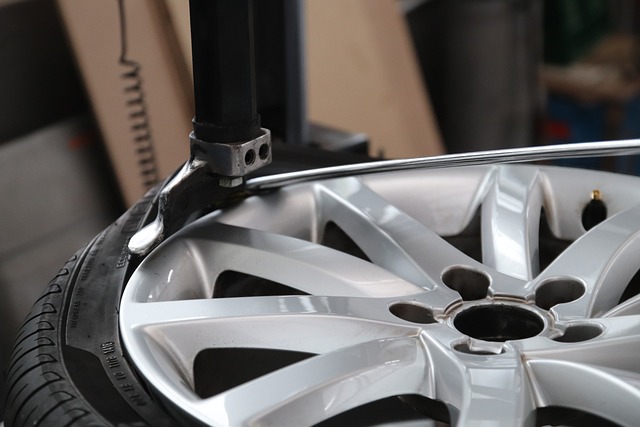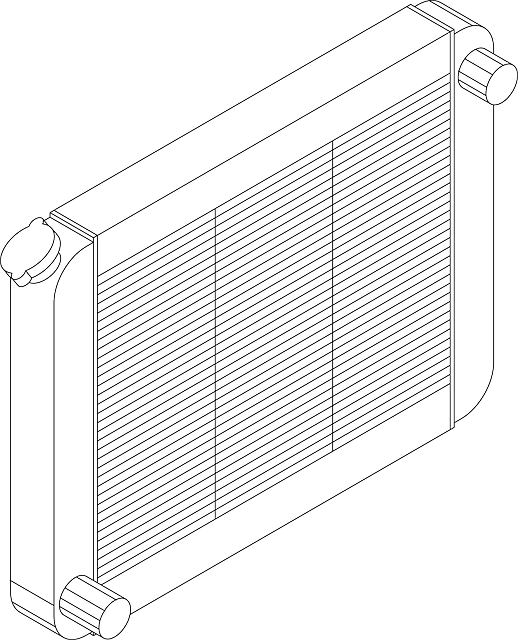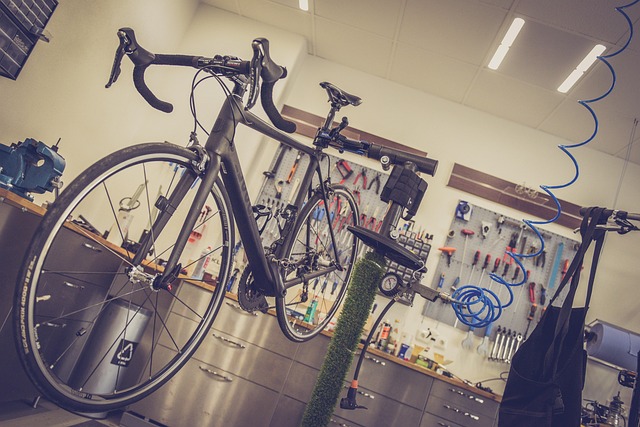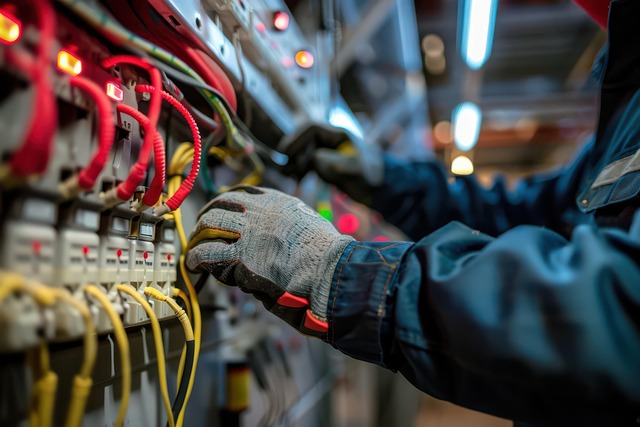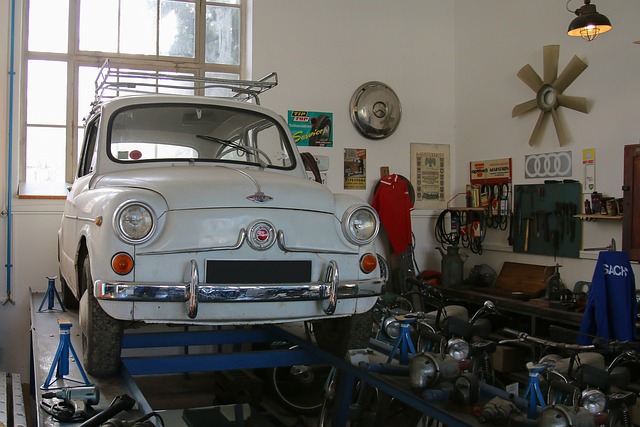Waterborne paint systems are revolutionizing automotive refining by prioritizing environmental sustainability. They significantly reduce volatile organic compound (VOC) emissions and waste generation, making them an eco-friendly alternative to traditional paints. These systems eliminate toxic solvents, enhance air quality both outdoors and indoors, and align with industry shifts towards greener practices, ultimately fostering safer work environments and meeting growing consumer demand for sustainable products.
Waterborne paint systems are poised to revolutionize auto refining, offering a sustainable and efficient solution for both manufacturers and consumers. This article explores why these innovative systems are the future of automotive painting. We delve into their remarkable environmental benefits, such as reduced VOC emissions and improved safety. Additionally, we highlight advanced performance features, including superior durability and fast drying times, while emphasizing cost efficiency through streamlined application methods. Embrace the future of auto refinishing with waterborne paint technology.
- The Environmental Benefits of Waterborne Paint Systems
- – Reduced VOC emissions and their impact on air quality
- – Less hazardous to both humans and the environment
The Environmental Benefits of Waterborne Paint Systems

Waterborne paint systems are leading the way in environmental sustainability within the auto refining industry. Unlike traditional solvent-based paints, waterborne options significantly reduce the release of volatile organic compounds (VOCs) into the atmosphere during application and drying. This is a substantial advantage for both outdoor air quality and indoor environments where these paints can be used, such as in auto collision repair shops and tire services.
Furthermore, waterborne paint systems offer reduced waste generation due to their ease of clean-up, as water serves as the primary carrier instead of toxic solvents. This not only minimizes environmental impact but also lowers operational costs for auto detailing businesses by simplifying disposal processes. The shift towards these eco-friendly paints reflects a broader industry trend towards sustainability and a healthier work environment for professionals in auto collision repair and related services.
– Reduced VOC emissions and their impact on air quality
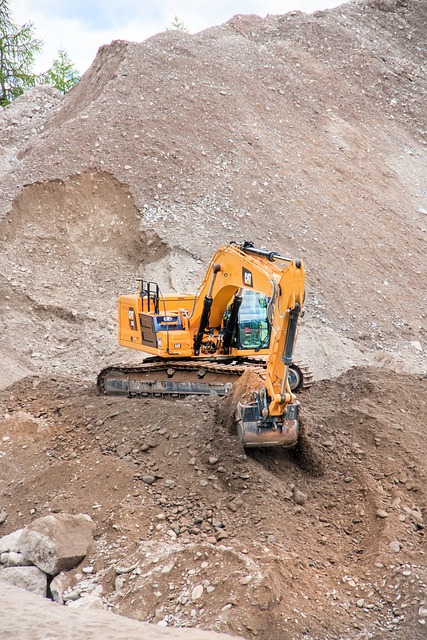
Waterborne paint systems are poised to revolutionize auto refining due to their significant environmental advantages. One of the most notable benefits is the substantial reduction in volatile organic compound (VOC) emissions. Traditional automotive paints release harmful chemicals into the air, contributing to poor indoor and outdoor air quality. These VOCs can cause various health issues, from respiratory problems to long-term damage to ecosystems.
By contrast, waterborne paint systems offer a cleaner alternative. They are formulated to dissolve in water rather than toxic solvents, resulting in minimal VOC release during application and drying. This shift towards eco-friendly practices not only benefits public health but also aligns with growing consumer awareness of sustainable products. Reduced VOC emissions make waterborne paints an attractive option for both auto body painting and repairs, including bumper repair and car dent repair services.
– Less hazardous to both humans and the environment

Waterborne paint systems are emerging as a game-changer in the auto refinishing industry, primarily due to their superior environmental and human safety profiles. Unlike traditional paints that rely on volatile organic compounds (VOCs), waterborne options utilize water as the primary solvent, significantly reducing hazardous fumes and emissions. This makes them not just safer for workers in auto repair shops and maintenance facilities but also more environmentally friendly.
By adopting waterborne paint systems, auto frame repair processes can become cleaner and greener without compromising on quality or performance. This shift is particularly important in an era where regulations are tightening around air quality and workplace safety, making it crucial for auto refinishing businesses to choose products that align with sustainable and healthy practices.
Waterborne paint systems are not just a trend, but a necessary evolution in the auto refining industry. Their environmental benefits, including reduced VOC emissions and a lower hazard profile for both humans and the planet, make them an attractive and sustainable solution. As we move forward, these innovative systems will undoubtedly play a pivotal role in shaping a greener and healthier future for automotive finishing.



